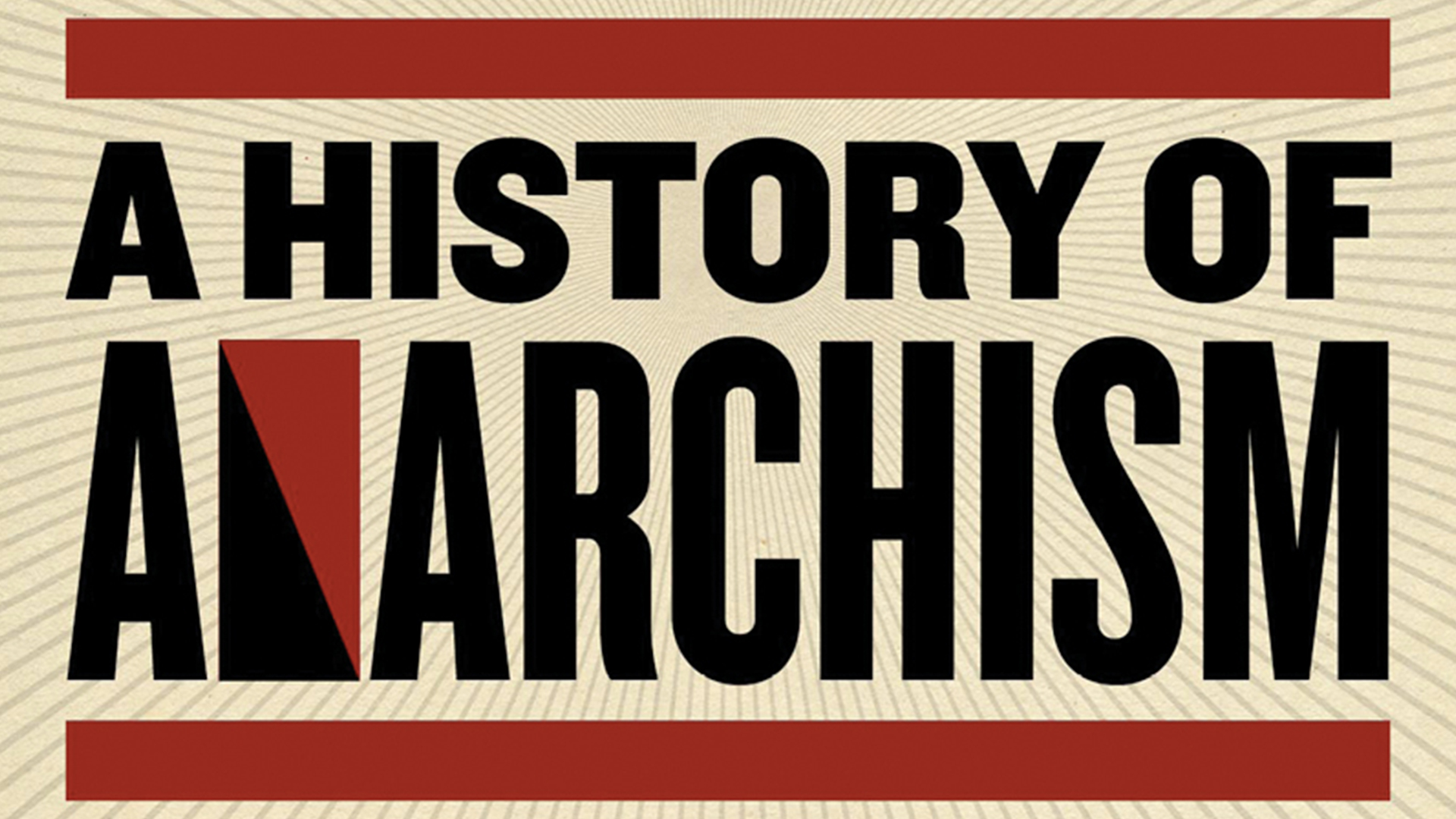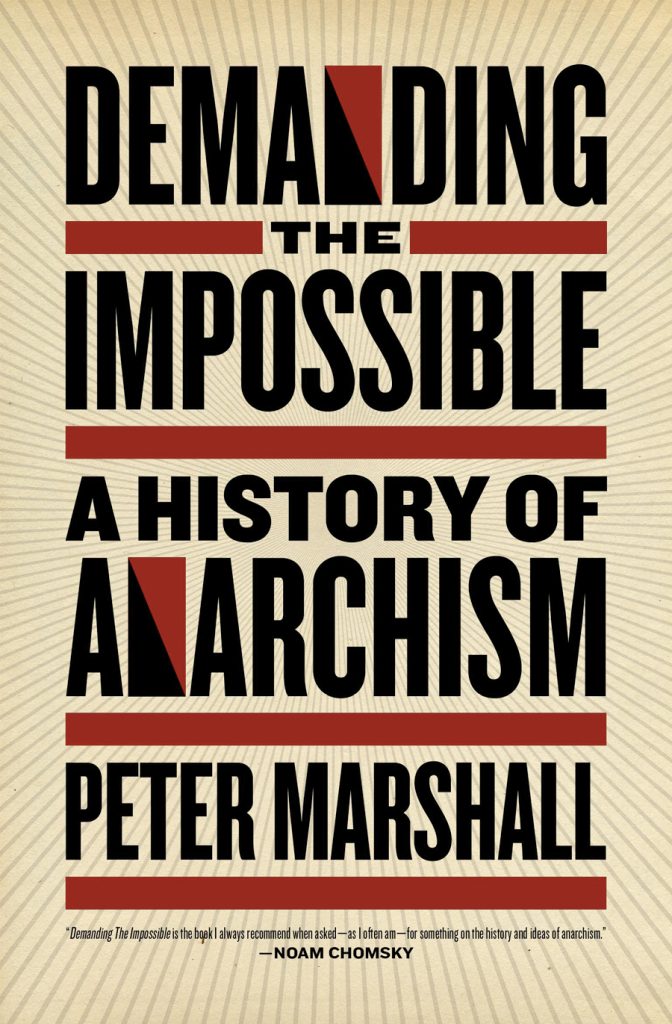Anarchy through the Ages
by Chris Faatz
Powells.com
March 12, 2011
Anarchism is usually belittled as hopelessly utopian or mindlessly violent, but, in reality, it’s neither. Rather, it’s a rich cauldron of social thought from which we’ve gleaned a lot historically and will likely continue to do so in the decades to come. Peter Marshall has written a tome worthy of this varied history. Demanding the Impossible: A History of Anarchism gives activists and scholars (as well as the merely curious) plenty to chew on.
There’s no way to escape the obvious: Demanding the Impossible is a huge book (818 pages, including notes, bibliography, and index); the text is tiny, and the gist is serious, hard-hitting, and often dense. But one of the enjoyments of this book is that you don’t have to sit down and read the whole thing cover to cover. It’s easier to browse; read what intrigues, what interests you, in no particular order. Pick away at it.
It begins with anarchism in theory, and moves rapidly into chapters that argue that such worldviews as Buddhism and Taoism have their anarchist components. Marshall follows this train of thought through Christianity into the English Revolution and the Enlightenment. He then highlights individuals who, he asserts, include aspects of anarchist thinking in their approach. Among these are Nietzsche, John Stuart Mill, and Henry David Thoreau (“The only obligation which I have a right to assume is to do at any time what I think is right”). The author then moves on to biographies of major anarchist thinkers and theorists: Emma Goldman, “the most dangerous woman”; William Godwin; Max Stirner, the apostle of radical egoism; Proudhon; the Russians Bakunin, Tolstoy, and Kropotkin and many more.
There are a number of lesser lights represented, as well, in chapters on the American individualist anarchist tradition, typified by Benjamin Tucker (“The Anarchists are simply unterrified Jeffersonian Democrats”), or in the chapter on German anarchists. A favorite of mine is the immensely cultured and principled Rudolf Rocker, who spent a great part of his life organizing Yiddish-speaking workers in London and whose works on anarcho-syndicalism are read to great benefit to this day.
In one section, Marshall calls Mohandas Gandhi an anarchist. He writes that “On several occasions he called himself a kind of anarchist and always opposed the centralized State and the violence it engendered.” Take this as you will. I’m still not convinced, yet somehow that doesn’t seem to be the point. This book is written to stimulate and arouse discussion, not necessarily solely to convince. It fulfills that task brilliantly.
The next section of the book is geographical. The fields of bygone glory are here, as in Spain and Russia where the black banner flew high — but there’s also fascinating reading on Asia, Latin America, and Northern Europe. Much of this information will prove new to even the most seasoned anarcho reader. Marshall’s done a real service here, unearthing material that is germane and does so in gritty detail.
The last section of the book deals with contemporary anarchism. Noam Chomsky makes an unsurprising appearance. The anarcho-capitalism of Murray Rothbard and friends is included, as is Murray Bookchin, the founder of Social Ecology, the point at which anarchism and the environmental movement meet at their most constructive. Neolithic anarchy makes an appearance, as do the post-modern anarchos of the Temporary Autonomous Zone and other such radical breaks from anarchist tradition. The anti-globalization movement is here in all its splendor, as well as the Zapatistas and other indigenous movements for liberation.
Interestingly enough, it’s with the Neolithic anarchists that Marshall apparently stands. He writes:
I would argue that in Europe, at least the initial stage of settled agriculture — the first 3,000 years or so before the Bronze Age — was not a decline but an actual improvement in the well-being of human beings. It was a creative period during which society was co-operative, egalitarian, creative and comparatively free.
Peter Marshall paints the reality of a global movement for radical, fundamental social change. It’s not always a pretty picture — sometimes anarchists seem to spend more time fighting among themselves then they do with their enemies — but it’s both exhilarating and, yes, inspiring. Thanks to Marshall for giving us a book as tool, as weapon, as spur to more deeply engage in the struggle for the maximum possible freedom and as reference to learn from the experiences of our forebears.







